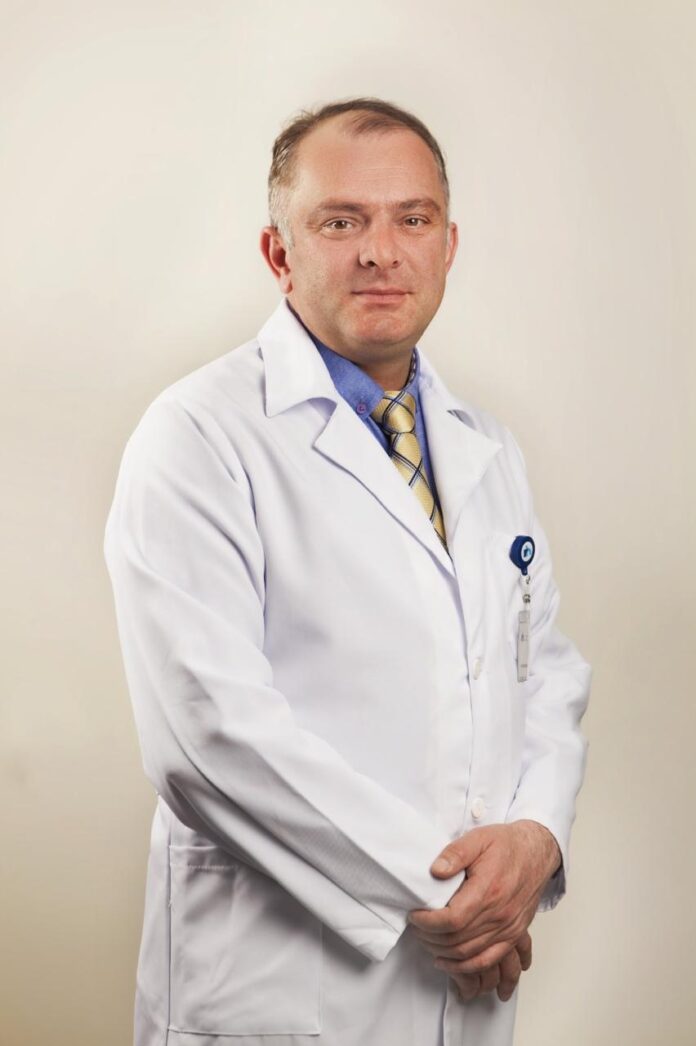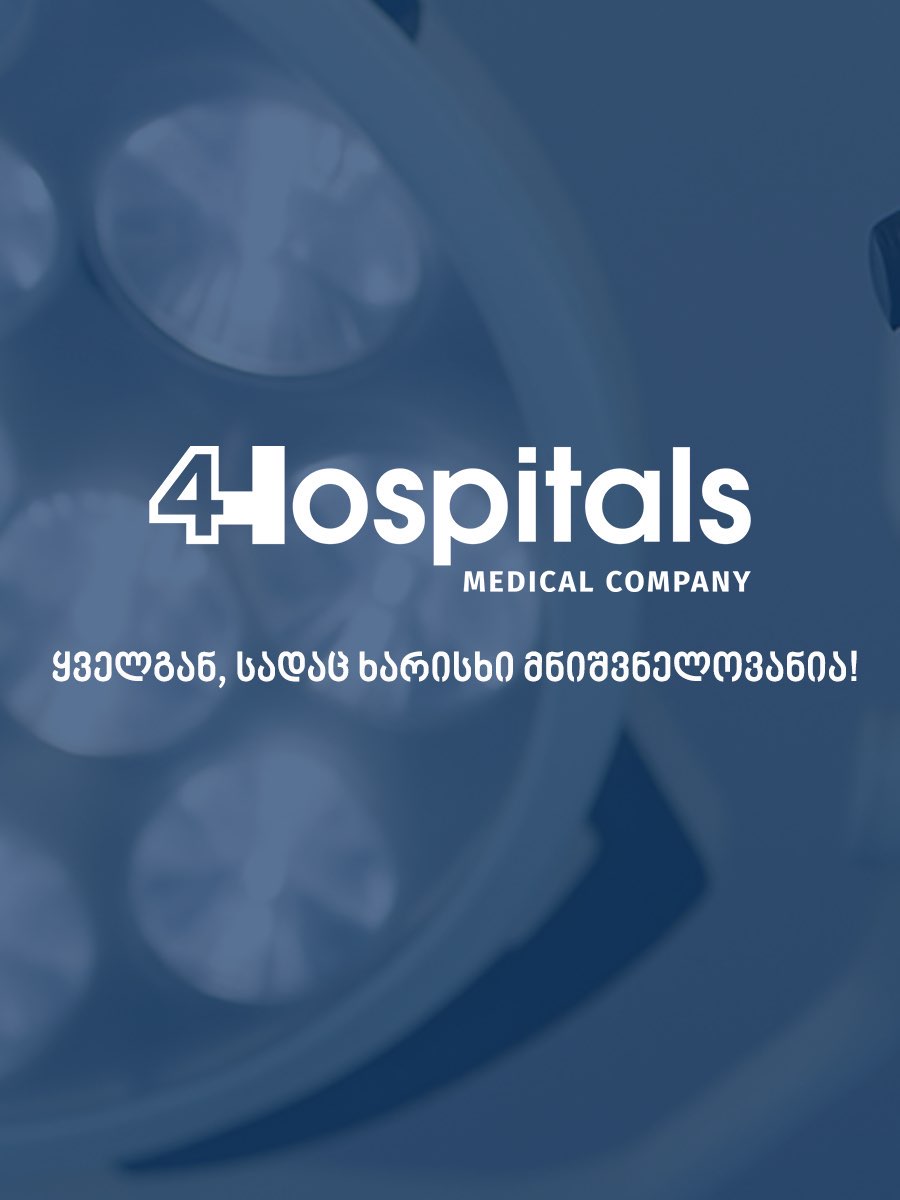Epilepsy is one of the most common neurological disorders worldwide, with an average annual incidence of about 50–70 cases per 100,000 population. Despite the availability of diverse pharmacological treatments, 20–30% of patients do not achieve significant improvement, a condition known as pharmacoresistance. These patients may become candidates for surgical treatment.
In Georgia, epilepsy surgery resumed actively in 2019 at the Caucasus Medical Center and Iashvili Children’s Hospital, in collaboration with leading specialists from Charité University Hospital in Berlin and Austria. Since then, nearly 30 successful surgeries have been performed in both adults and children. This marks a new stage in Georgian medicine, providing patients with access to high-level neurosurgical care without the need to travel abroad. We spoke with neurosurgeon Lado Tsikarishvili on this subject.
– Dr. Lado, when did epilepsy surgery begin in Georgia?
Epilepsy surgery was first performed quite a long time ago at the Neurology Institute, of course within the limits of the technologies and knowledge of that time. Then there was a long pause, but the work resumed in 2018. The first renewed project was carried out in collaboration with doctors from Charité at the Caucasus Medical Center. A major contribution was made by Georgian scientist Tengiz Gloveli, based in Berlin.
– How effective is epilepsy surgery?
It must be emphasized that achieving a 100% cure is not always possible, but the frequency of seizures decreases significantly after surgery. In adults, the most common cause of pharmacoresistant epilepsy is hippocampal sclerosis, where surgery can reduce seizure frequency by at least 70% or more. Over the past year, Austrian colleagues — neurosurgeon Christian Dorfer and neurologist Maia Pataraia — joined the process, together with the International League Against Epilepsy, whose surgery section is headed by an Austrian neurosurgeon. Leading Georgian specialists, including neurologists, neurosurgeons, and epileptologists, are also actively involved. Within this project, treatment covers not only hippocampal sclerosis but a wide spectrum of epileptic disorders in both adults and pediatric patients.
– What differs in pediatric patients?
In children, pharmacoresistant epilepsy due to hippocampal sclerosis is relatively rare. More often it is caused by extratemporal problems such as cortical dysplasia or Sturge-Weber syndrome. The approach is the same: if seizures are not controlled after two years of adequate medical treatment, surgery is considered. Proper patient selection is crucial, and the presurgical evaluation involves a multidisciplinary team — pediatric neurologist, radiologist, neuropsychologist, pediatrician, and neurosurgeon. Each case is discussed in a joint medical board to determine the diagnosis and treatment plan.
– What types of surgical interventions are used in epilepsy treatment?
There are three main types of operations: Resection of the epileptogenic focus — often highly effective. Disconnection procedures — interrupting the transmission of impulses. Neuromodulation — stimulating specific parts of the nervous system, such as the vagus nerve or certain brain regions, which can reduce seizure frequency in some cases. The type and scale of surgery depend on the location of the epileptogenic zone. High-resolution MRI, EEG, and other non-invasive diagnostic tools available in Georgia are used, while some more complex tests are currently performed abroad. Only after accurate localization is surgery planned. This is particularly important in children, as they often have larger epileptogenic foci. In such cases, it may be necessary to disconnect lobes within one hemisphere, or even an entire hemisphere — a procedure known as hemispherotomy.
– How does hemispherotomy work at the level of neurological connections?
The brain contains three main types of neuronal connections: association, commissural, and projection fibers. Epileptic impulses spread through these white matter pathways. Hemispherotomy aims to sever commissural and selectively association and projection pathways, thus isolating the healthy hemisphere or region from the diseased one. The procedure is particularly effective when performed early, since longstanding uncontrolled epilepsy tends to spread to the other hemisphere as well.
– Have such surgeries already been performed in Georgia?
Yes. Corpus callosotomy (disconnection of the corpus callosum) has already been performed four times in Georgia, with promising results: the frequency of atonic seizures (sudden loss of muscle tone, often leading to traumatic injuries) has been significantly reduced. For the first time in Georgian history, a hemispherotomy was performed on a pediatric patient at Iashvili Children’s Hospital. Several more surgeries are scheduled for November, including in patients with Sturge-Weber disease and hemimegalencephaly.
– What possible side effects can the surgery have?
Patients and their families often worry about paralysis, speech problems, or vision loss. We perform operations with extreme precision, avoiding functionally critical areas such as the internal capsule (motor function), and speech and visual centers. As a result, patients do not develop new, serious, neurological deficits. There have been a few temporary effects, such as transient mutism, which resolved over time.
– How long-lasting are the results of surgical treatment?
The durability of results varies depending on the type of surgery, but in most cases, outcomes are long-term. Since we completely isolate the epileptogenic area, the risk of seizures re-emerging from that region is minimal.


